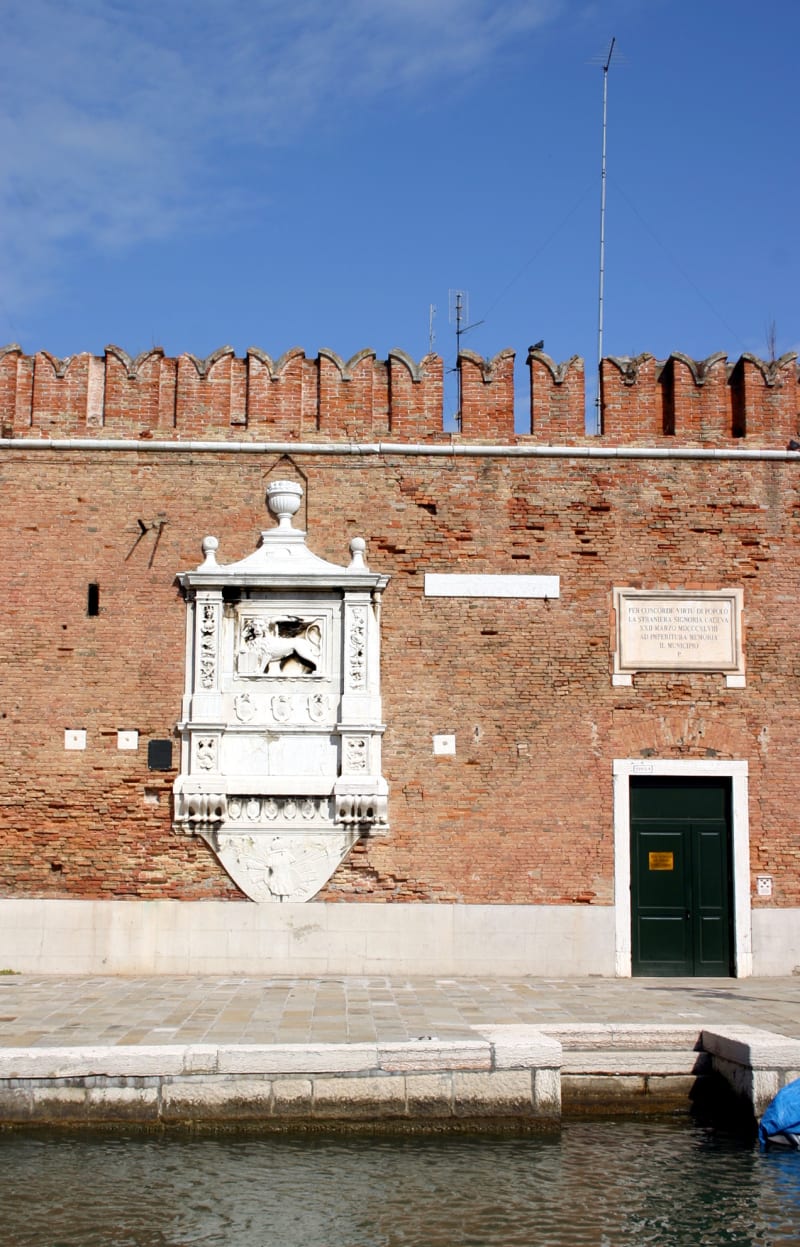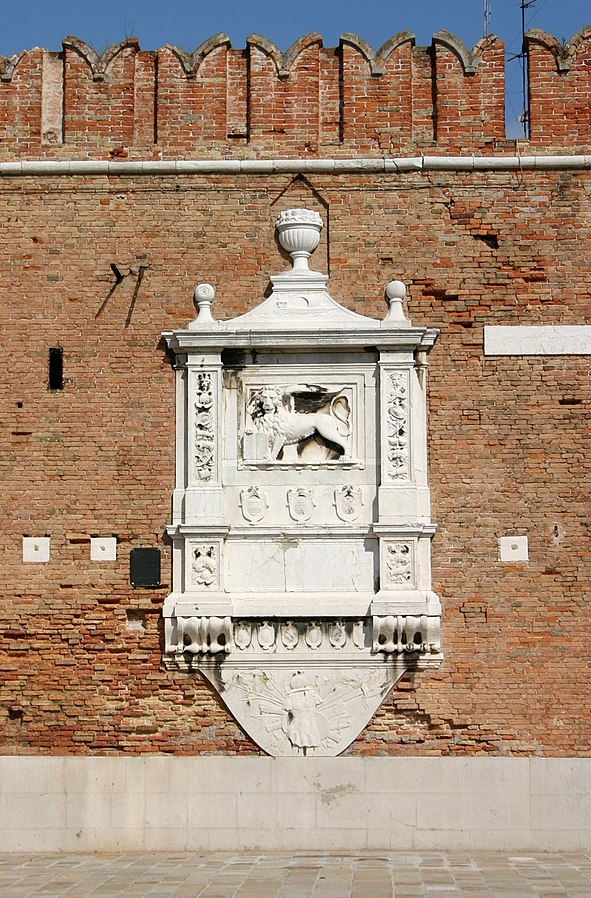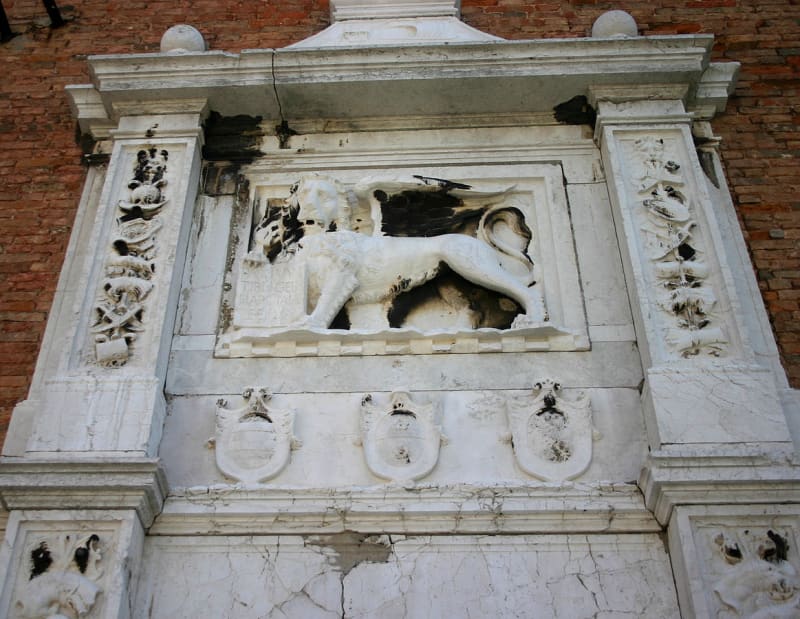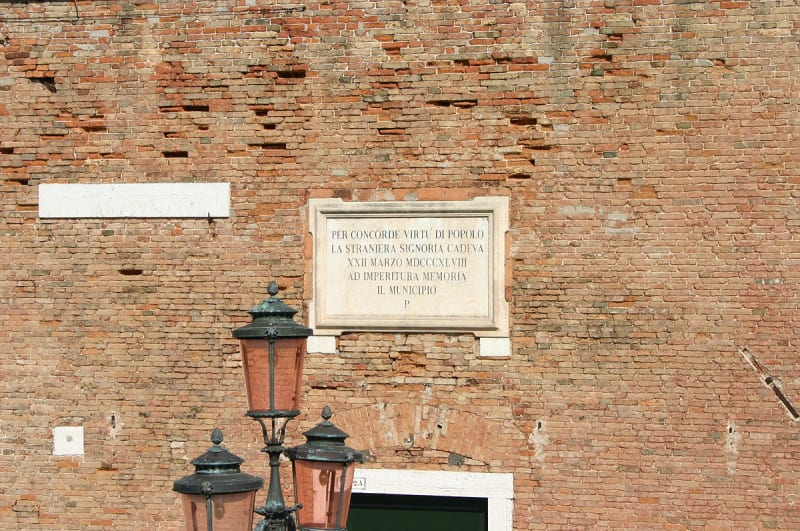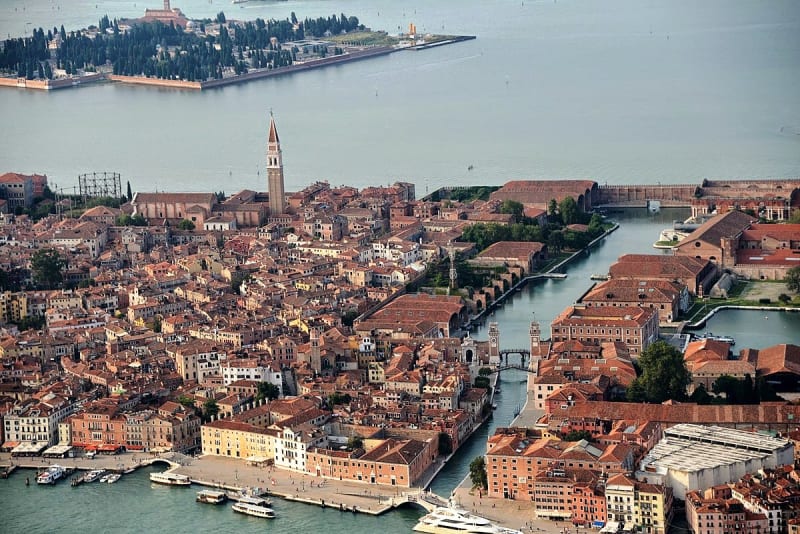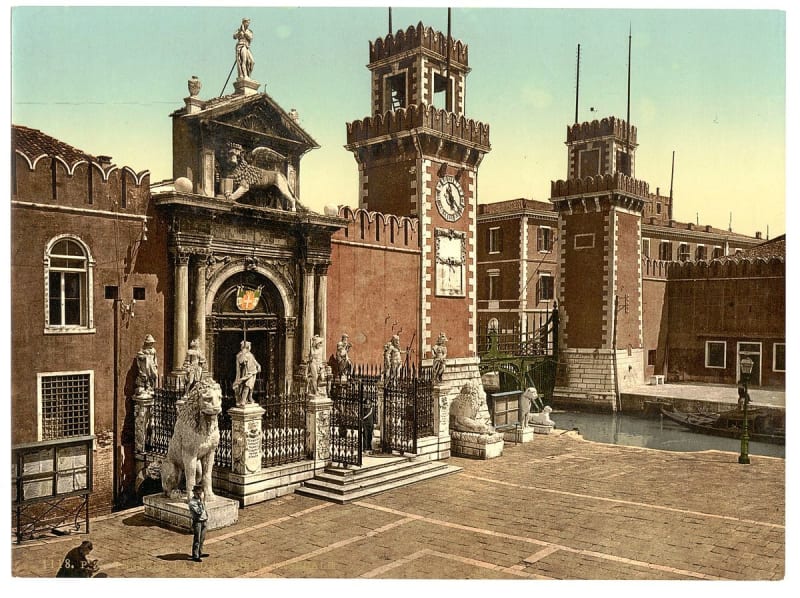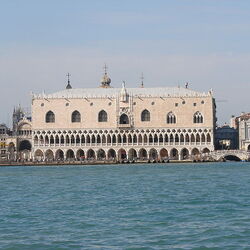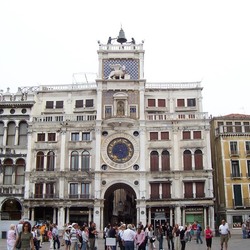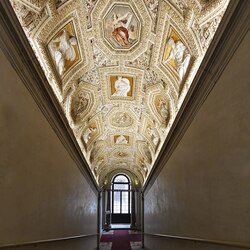Venetian Arsenal
Since the beginning of the 12th century, the Venetian Arsenal has been the heart of the city's maritime industry. It occupies a fairly large area, and this is a clear sign of how important this industry was in Venice. Arsenal was even quoted in Dante Alighieri's Divine Comedy called Arzana. The name has an interesting etymology, it comes from a Turkish word that means "place of production".
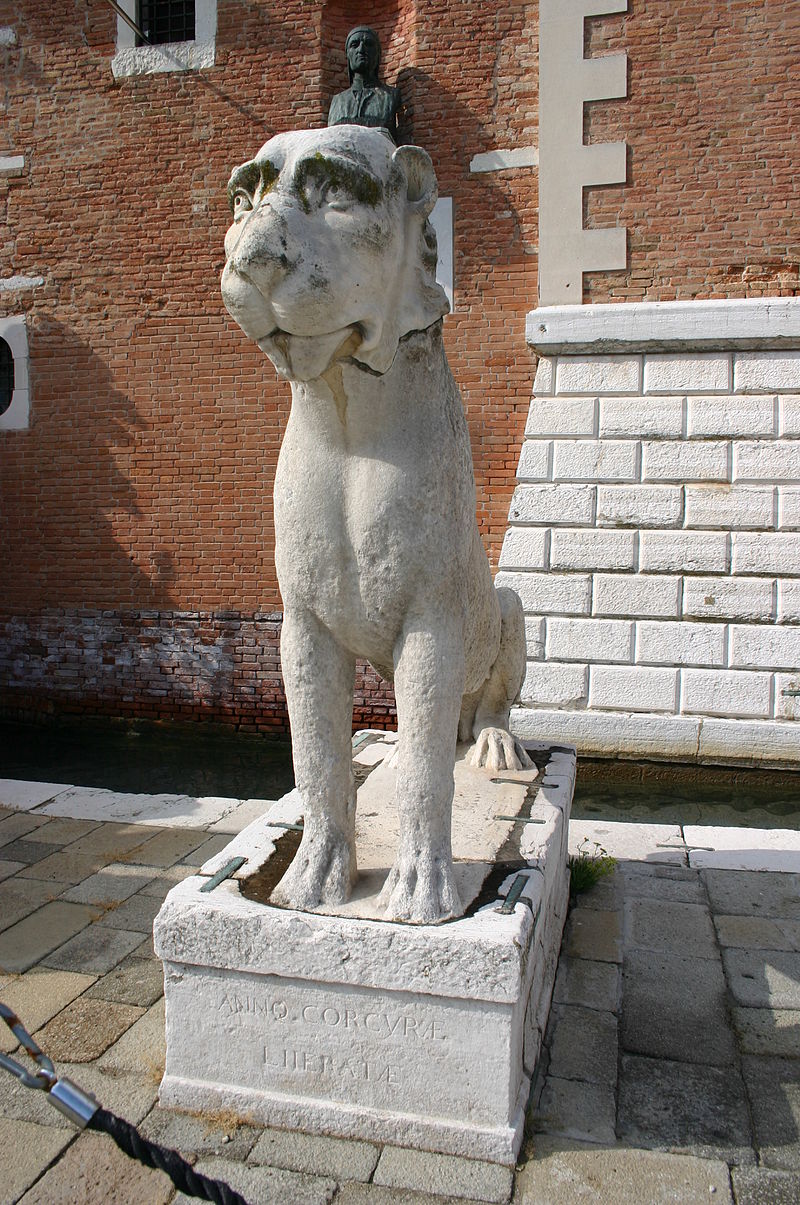
Large-scale industry
The conquest of the Aegean Throne and routes to northern Europe became possible thanks to the ships built here. The Venetian Arsenal was the main production pole of the pre-industrial era, in fact, it was the first factory in the world. The number of employees reached 2,000 units during the main production periods, and its total area was 46 hectares.
Strategic point
The Venetian Arsenal was strategically and logistically located in the city. The place must be protected from enemy attacks and be easily supplied with wood from the Cador forests. The first productive installments were nothing more than small shipyards on the side of the old Dock. They were enlarged only at the beginning of the 13th century.
Recently, during this period, the San Daniel Lakes, the Nuovo Arsenal, and a real industrial pole were built. In 1453, after the fall of Constantinople, and then the beginning of the Turkish threat, the Venetian Arsenal became a stronghold for the defense of the city. The Port d'Acqua and the Port di Terra (representing one of the first Renaissance examples of art in Venice) were built.
Enhanced production
A large expansion of the area occurred between 1470 and 1570, when the total area reached the Venetian Arsenal of 24 hectares. The strategic production of ropes was very important, a valuable asset of that era, which were produced with avant-garde techniques never seen before. The construction of the most important ships of the Venetian fleet, the Galee and the large Galeazze, was done in secret. Thanks to the efficiency of these ships, Venice won the Battle of Lepanto in 1571.
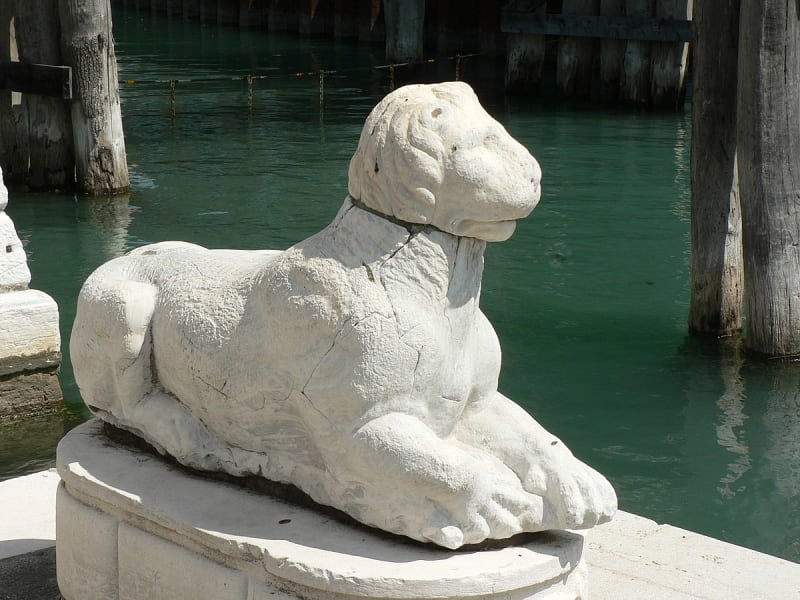
Lately
The last expansion was made in the early years of the reign of Italy. The idea was to create an important naval base on the northern coast of the Adriatic Sea. New buildings were added up, new channels were dug out and some foundations were raised up to 70 centimeters. However, the Venetian Arsenal has become too small for the size of modern ships, as well as for their transit. In the last few decades, its square has been coming to a new life. Cultural facilities were created inside the premises to the delight of visitors.
